Here are 12 fun facts worth knowing about the island.
Grand Turk was first colonized in 1681 by Bermudians, who set up the salt industry in the islands and in 1766 it became the capital of the country.
The first permanent settlement on the Turks and Caicos islands, Cockburn Town is known for its long, narrow streets and old street lamps. The town has been the seat of government since 1766. The city supposedly lies on the place where Juan Ponce de León first landed on the island.
Bermudian Salt collectors set up the first colony in the Turks and Caicos Islands in 1681, building the salt industry in the islands.
This species of cactus found on the island, has a distinctive cap, reminiscent of an Ottoman fez. They are native to the Caribbean, western Mexico through Central America to northern South America, with some species along the Andes down to southern Peru, and a concentration of species in northeastern Brazil.
The 60-foot-tall lighthouse structure, overlooking North Creek, was completed by British architect Alexander Gordon in 1852 to alert sailors of the shallow reef. Interestingly, it was constructed in the United Kingdom, and shipped in pieces to the island.
Located in Cockburn Town, the Museum is housed in the colonial-era Guinep House, on Front Street. Much of its structural material used to build the house came from local shipwrecks, including a ship's mast, which is one of the building's main supports.
Among the National Museum's collections is an exhibit of shipwrecks, including the oldest known European shipwreck in the Americas, the Molasses Reef Wreck, which dates to 1505.
Other exhibits detail the history of the Lucayans, the Space Race, Turks and Caicos postage stamps, slavery and the history of the slave trade, the sisal and salt industries, royal events, as well as a general history of the islands. The museum also maintains a garden, which is adjacent to the Guinep House.
The majority of black descendants are from the early Bermudan, Loyalist and slave settlers and salt rakers dating back 300 years. However, the Turks and Cacos immigrant population is a rapidly expanding group of Haitians, Dominicans and Cubans as well as many residents from all over the world.
The majority are Canadian and American, but there are also residents from South Africa, Europe, Oceana, South America and Asia.
This is very interesting considering that the islands are British!
They arrived from other Caribbean islands sometime between 500 to 800 AD.
The Island's flag features three common elements from the islands: a conch shell, a spiny lobster, and Turks Head cactus.
Between January through April each year, Caribbean humpback whales migrate through the Turks head passage in the Turks and Caicos Islands as they travel from the northern waters of Canada’s Bay of Fundy to the Silver Bank off the Dominican Republic where they mate and give birth.
Although nudity on the beaches is accepted throughout the Caribbean, it is not permitted on the islands of Turks and Caicos.

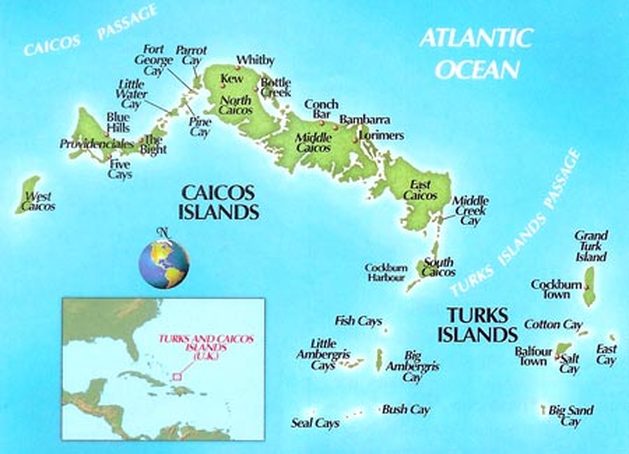
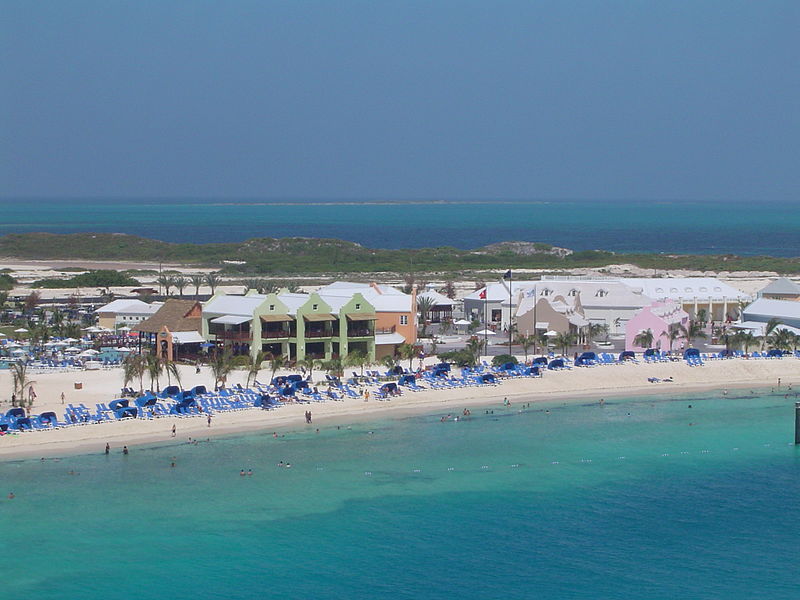
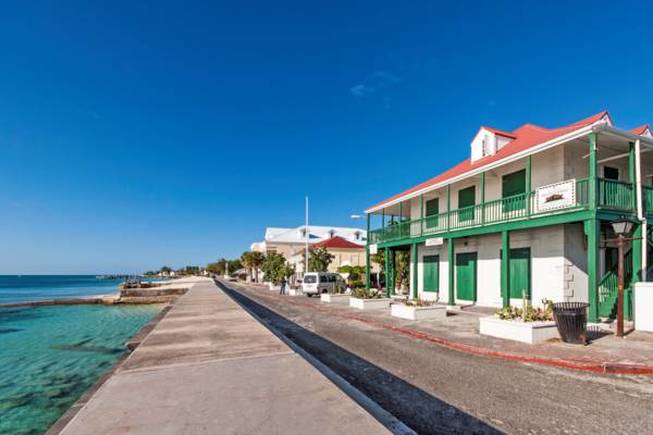
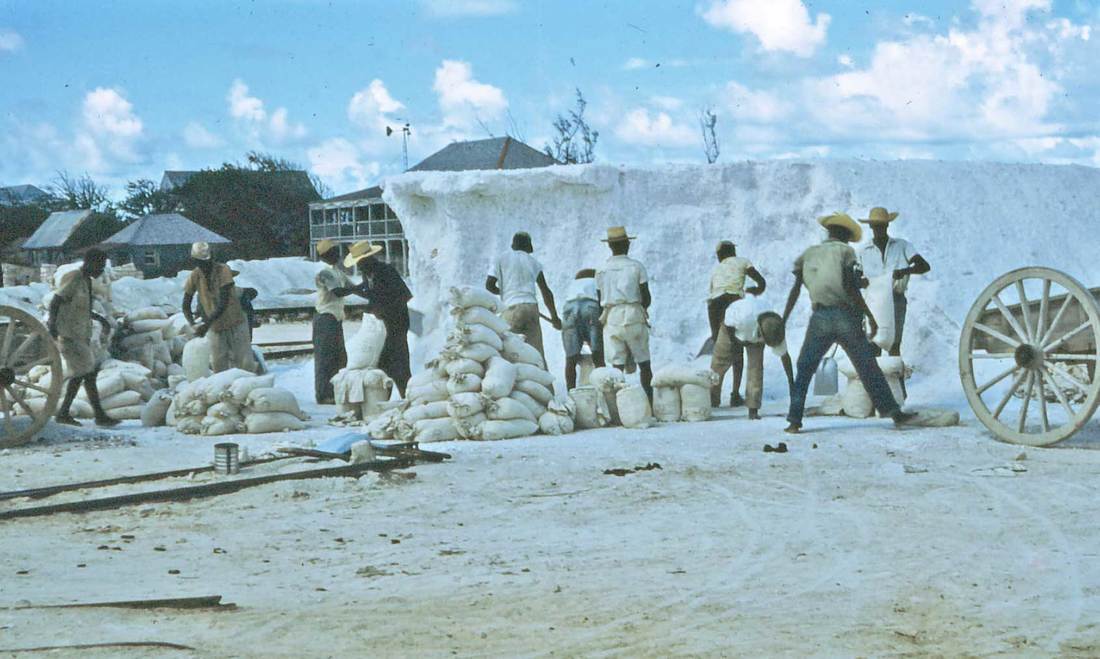
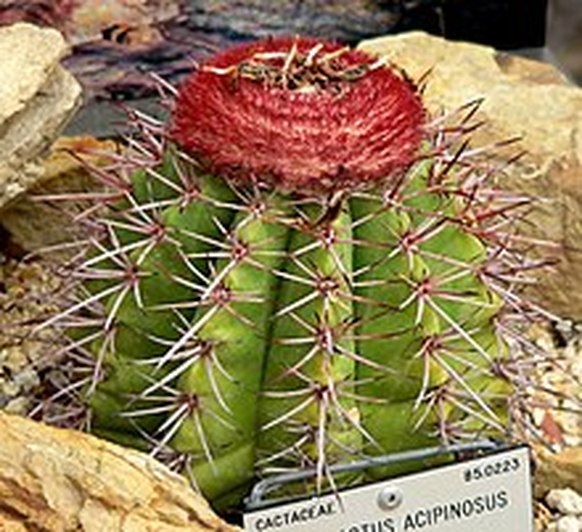

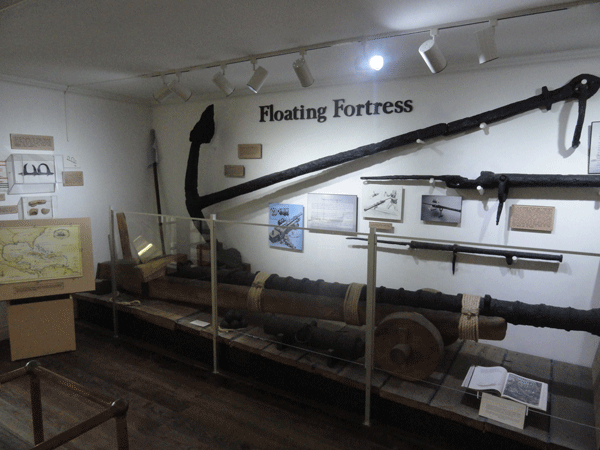
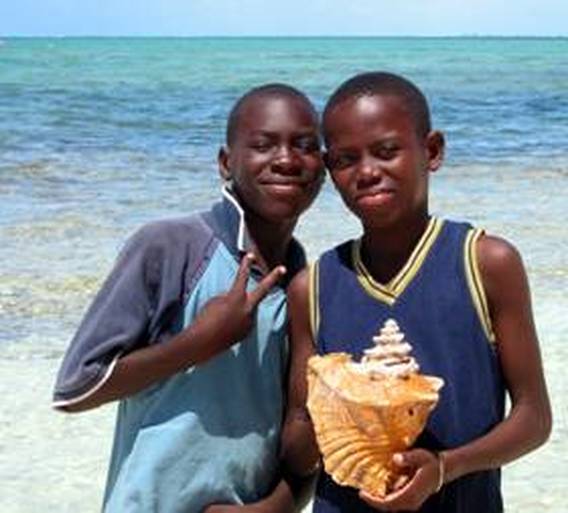

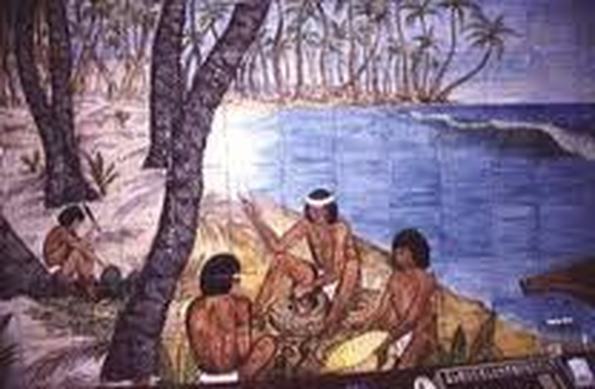

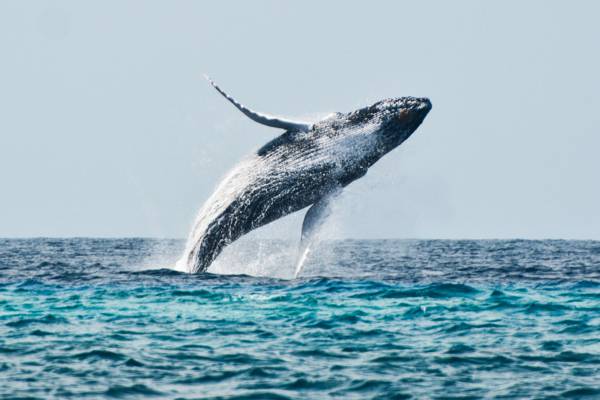





 RSS Feed
RSS Feed